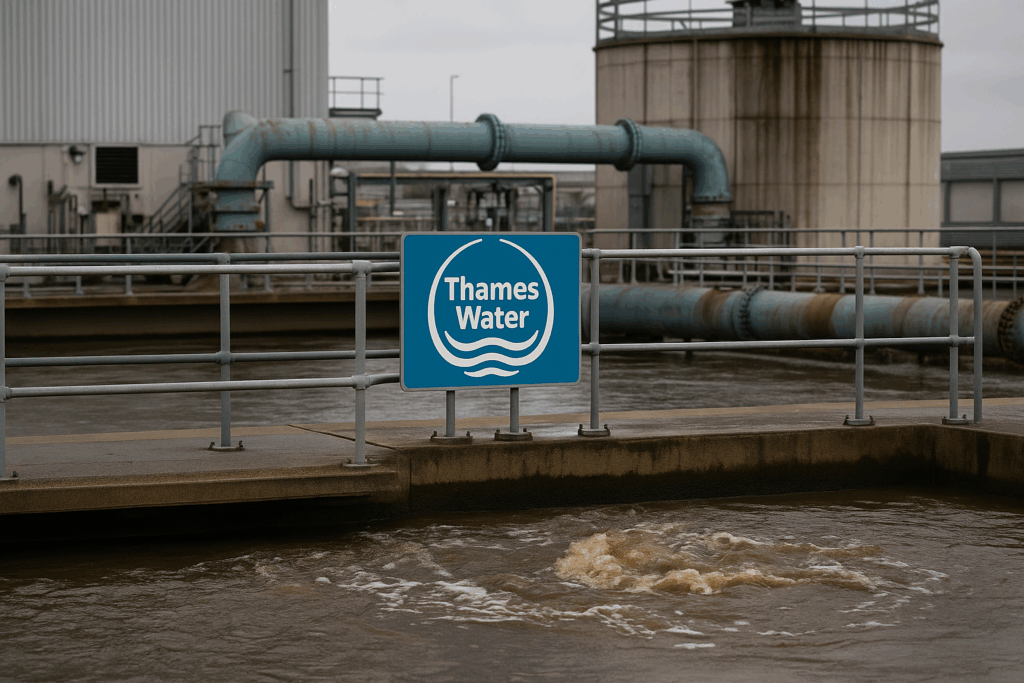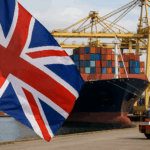The unfolding financial crisis at Thames Water has become a defining moment in the UK’s debate over how essential utilities are structured and managed. As the country’s largest water supplier, responsible for over 15 million customers in London and the South East, the company’s troubles raise broader concerns about economic resilience, environmental stewardship and public trust in privatised infrastructure. While immediate attention focuses on its debt burden and possible collapse, the deeper implications stretch far beyond one corporate balance sheet.
Understanding the roots of this financial crisis demands a closer look at how utilities have been financed since privatisation. Over decades, Thames Water underwent a series of ownership changes, each involving complex financial engineering that prioritised returns to shareholders while infrastructure aged and environmental problems worsened. The result is a fragile system whose instability risks spilling over into the economy and intensifying the pressure on already strained households, local governments and investors.
How Thames Water reached the brink

The seeds of Thames Water’s crisis were planted in the years following its privatisation in 1989. Purchased by private equity firms and international investors over successive decades, the company accumulated more than £14 billion in debt—much of it inflation-linked and maturing in volatile market conditions. These financial structures delivered short-term gains to owners but left the company vulnerable to rising interest rates and increased regulatory scrutiny.
Simultaneously, the company faced criticism for underinvesting in infrastructure. Leaking pipes, raw sewage discharges and repeated pollution incidents became recurring headlines, prompting growing anger among environmental groups and the public. While profits and dividends remained high, customer service and ecological performance declined. In 2023, the crisis escalated when the company struggled to refinance its debt, prompting emergency talks with the government and speculation about temporary nationalisation or administration.
Consequences for the utilities market
Thames Water’s crisis has had a chilling effect across the UK’s utilities market, especially in the water sector where other providers have followed similar financial models. Investors are now taking a more cautious stance, with credit rating agencies downgrading several firms over fears of hidden vulnerabilities in their capital structures. A wave of refinancing due in the next two years has exposed the sector’s exposure to market shocks.
As borrowing becomes more expensive, utility companies are being forced to delay infrastructure upgrades or scale back on environmental commitments. This weakens the long-term sustainability of water networks at a time when climate change and population growth demand higher investment, not less. It also increases the likelihood of customer dissatisfaction, reputational damage and further regulatory intervention across the board.
Economic impact on households and regional economies
Although Thames Water’s crisis may seem like a corporate issue, its effects are beginning to be felt in households and regional economies. If the company passes on more of its financing costs through higher customer bills, millions of people already struggling with inflation will face added pressure. Ofwat has tried to limit excessive price hikes, but financial distress often leads to deferred maintenance or reduced service quality over time.
In regions that rely on Thames Water’s investment projects—such as pipeline upgrades or flood resilience infrastructure—local contractors and suppliers face uncertainty. Delays in scheduled works mean fewer tenders, postponed hiring and stalled economic activity in construction-adjacent industries. This economic dampening is particularly severe in rural and semi-urban areas where infrastructure funding plays a larger role in regional development.
Regulatory gaps and political fallout
The crisis has exposed critical weaknesses in the UK’s regulatory approach. Ofwat, the water sector regulator, faces increasing criticism for failing to prevent excessive debt accumulation and for allowing a lack of transparency in financial disclosures. Over the years, watchdogs have been accused of prioritising investor returns at the expense of environmental protection and long-term service delivery.
This has fuelled growing public resentment and renewed political debate about the role of private ownership in core public services. Some parties and advocacy groups are calling for full renationalisation of water companies, citing Thames Water as proof that privatisation has failed. Others advocate for a new model that would retain private capital but under much stricter rules regarding reinvestment, transparency and executive accountability.
What government intervention would mean
Any form of government intervention in Thames Water—be it nationalisation, temporary administration or financial backstopping—would come with substantial political and economic consequences. On one hand, public control may restore stability and prioritise service delivery. On the other, it risks placing a multibillion-pound liability onto taxpayers at a time when public finances are already under strain.
The government must weigh the reputational damage of inaction against the fiscal risks of stepping in. There is also concern that intervention could create moral hazard, encouraging other distressed utilities to expect bailouts rather than restructure responsibly. Any move must be framed clearly and accompanied by regulatory reform to avoid repeating the same errors under different ownership.
Implications for the UK’s infrastructure model
The financial crisis at Thames Water signals deeper structural flaws in how Britain funds its infrastructure. The post-privatisation model, which relies heavily on debt and equity markets to finance essential services, becomes fragile during economic volatility. When inflation surges or interest rates spike, these companies face overwhelming costs, while the public bears the brunt in reduced services or higher prices.
Future models may require a rebalancing of risk between private investors and public stakeholders. This could involve state-backed investment banks, capped debt ratios, or public-private partnerships with stronger environmental and financial oversight. The Thames Water case will likely become a case study for academics, regulators and lawmakers exploring how to redesign infrastructure finance for a more resilient future.
A wake-up call for environmental and economic policy
Beyond financial questions, the crisis forces a reconsideration of how environmental policy and economic regulation intersect. Poor wastewater management, river pollution and persistent service failures are not just symptoms of underfunding—they are indicators of a broader failure to integrate sustainability into the economic logic of utility provision. The public is increasingly aware of this disconnect and demanding change.
Policymakers must now ensure that environmental performance is tied directly to corporate incentives and funding access. Future investment should prioritise long-term environmental resilience, particularly as climate extremes grow more frequent. If nothing else, the crisis shows that failing to address ecological neglect early can ultimately trigger financial collapse—undermining both business models and public health.
What comes next for Thames Water?
Thames Water’s future remains uncertain. The company may undergo a structured recapitalisation, with new shareholders and reformed governance. Alternatively, it could face temporary public control until its finances are stabilised. Either scenario requires careful management to restore trust, protect jobs and ensure essential services are delivered without interruption.
What is clear is that the financial crisis at Thames Water marks a turning point. It challenges long-held assumptions about privatisation, regulation and risk, and forces the UK to confront uncomfortable questions about how it funds and governs the services people depend on most. Whatever the outcome, it will leave a lasting imprint on how infrastructure is managed in Britain.


